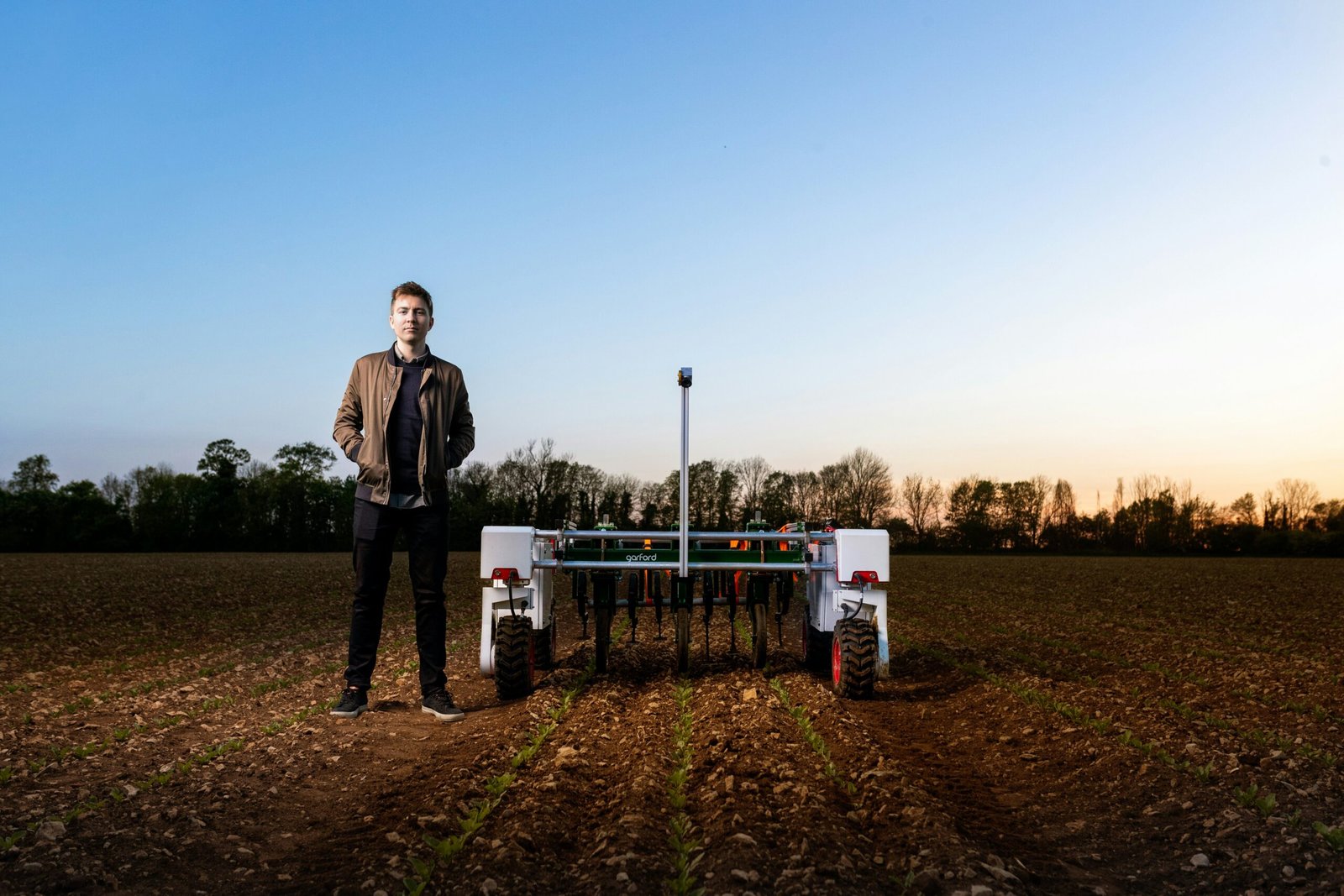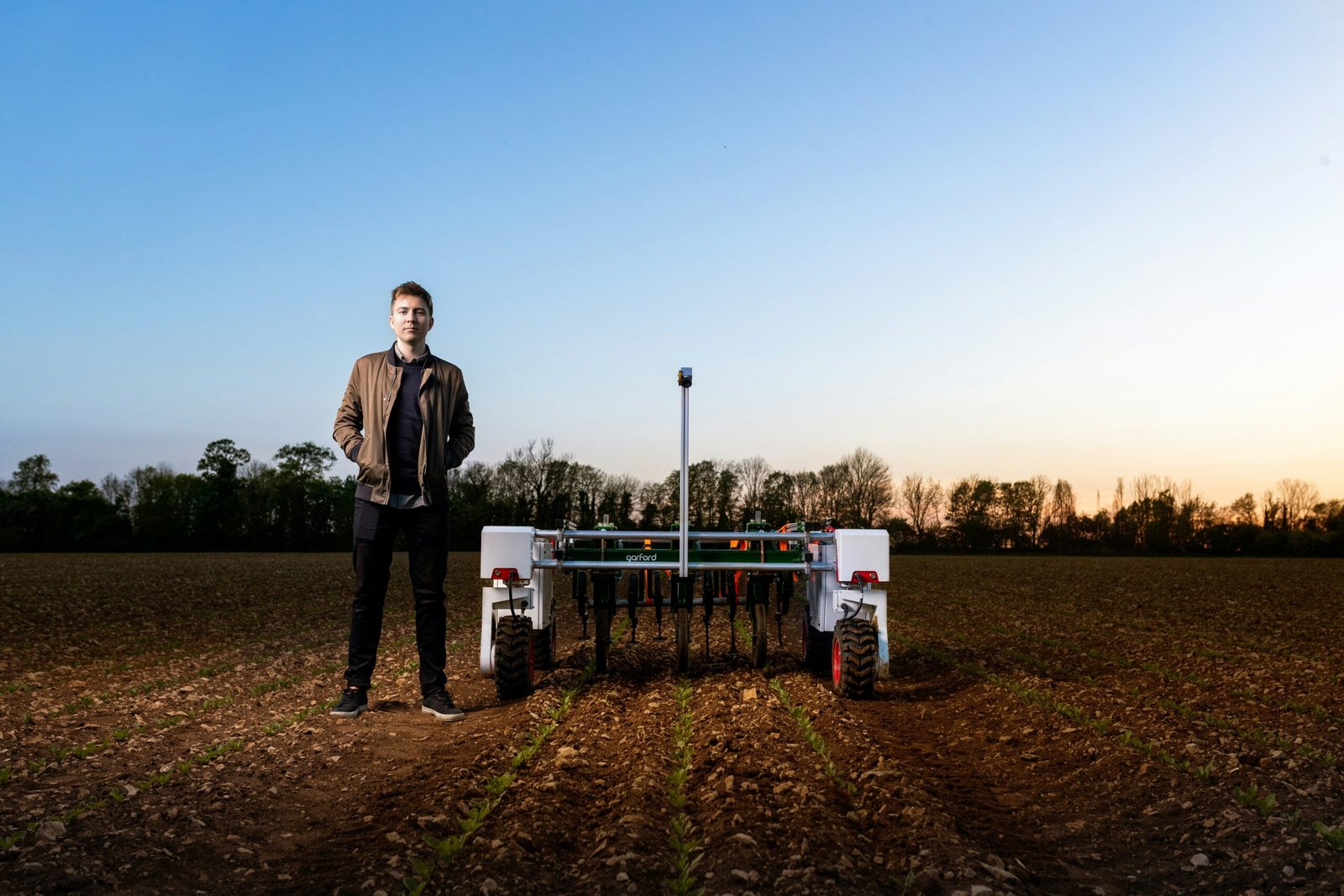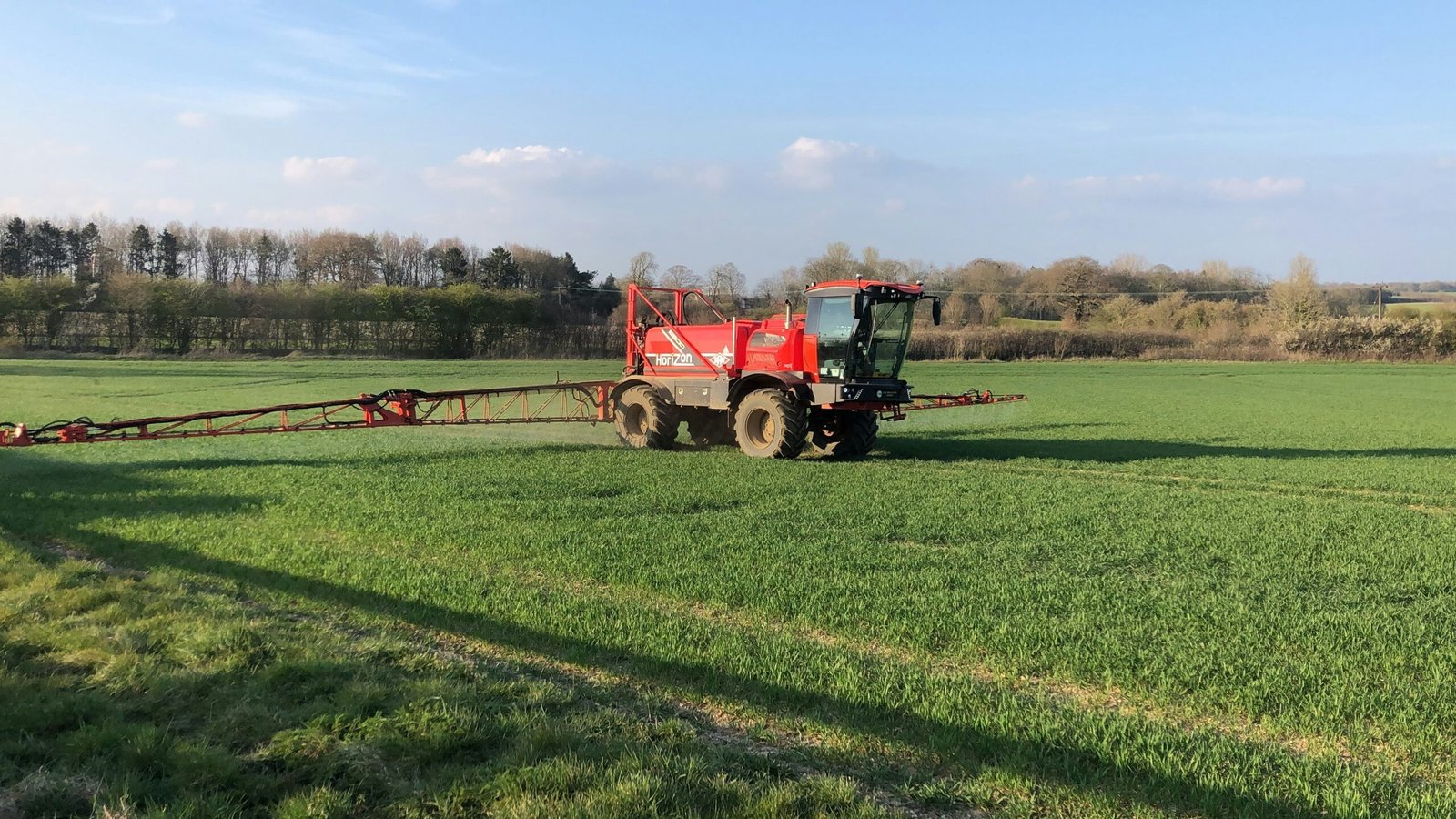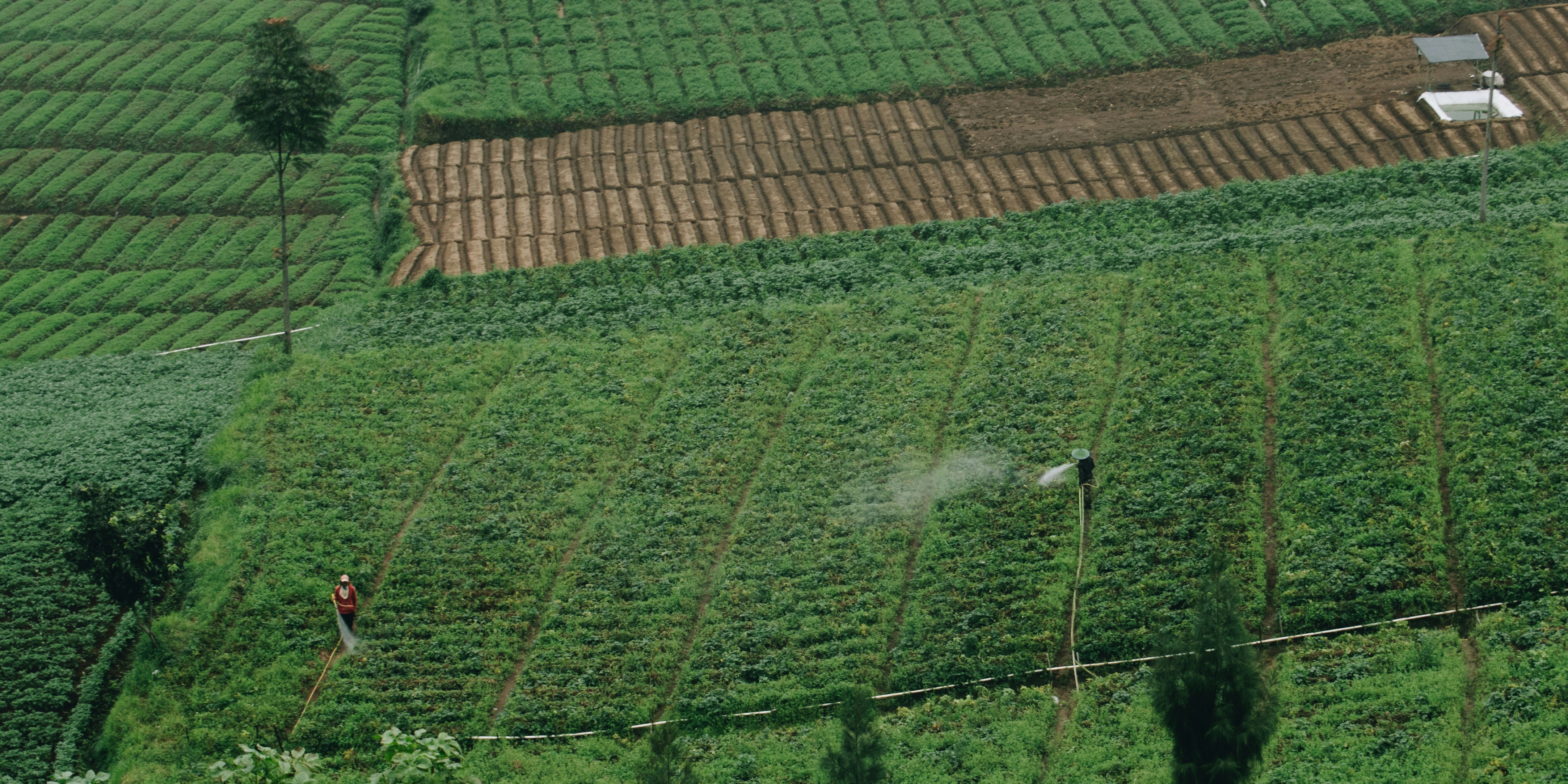Introduction to Robotics in Agriculture
As the global demand for food continues to rise, the agricultural industry is witnessing a significant transformation through the integration of robotics. Large-scale operations are increasingly adopting robotic technologies to enhance productivity, efficiency, and sustainability. Traditional farming methods are evolving, driven by advancements in automation, artificial intelligence, and data analytics, allowing farmers to optimize their practices and address various challenges.
The adoption of robotics in agriculture offers numerous benefits. One of the most notable advantages is the ability to perform labor-intensive tasks with improved precision and reduced human error. Equipment such as autonomous tractors, drones, and robotic harvesters are not only increasing output but also enabling better resource management. By using these technologies, farmers can increase crop yields while minimizing waste and environmental impact. Additionally, robotics can help address the labor shortage issue, as many agricultural sectors struggle to find enough workers during peak seasons.
Current trends in agricultural robotics encompass a wide array of applications, from precision planting to automated crop monitoring. These innovations are grounded in the use of sensors and machine learning algorithms, allowing for real-time data collection and analysis. With this information, farmers can make informed decisions regarding irrigation, fertilization, and pest control, leading to more sustainable farming practices. Moreover, as collaboration between technology companies and agricultural stakeholders grows, the development of tailored solutions is becoming more accessible for large-scale farmers.
Despite the potential of robotics in agriculture, farmers face numerous challenges, including the high initial costs of technology adoption and the need for training to operate advanced systems. However, as the agricultural landscape continues to evolve, the integration of robotics presents a viable solution to these pressing issues, paving the way for a more efficient and resilient future in large-scale farming.
Types of Agricultural Robots
The landscape of agriculture is significantly changing, driven by technological advancements and the rise of robotics. In large-scale farming operations, various types of agricultural robots play crucial roles in enhancing productivity and optimizing efficiency. Among the most notable are autonomous tractors, drones, and robotic harvesters, each equipped with unique functionalities tailored to specific farming tasks.
Autonomous tractors, often regarded as the backbone of modern farming practices, have transformed the way field operations are conducted. These self-driving machines leverage GPS technology, sensors, and advanced software to perform activities such as tilling, planting, and harvesting with minimal human intervention. This automation not only reduces labor costs but also increases precision in execution, fostering consistency across large tracts of land.
Drones represent another innovative solution in agricultural robotics, providing valuable aerial perspectives for farmers. Equipped with high-resolution cameras and sensors, agricultural drones can monitor crop health, assess irrigation needs, and identify pest infestations. This data-driven approach allows for timely interventions and informed decision-making, ultimately enhancing crop yield and sustainability.
Robotic harvesters have emerged as an essential addition to farming operations, specializing in the labor-intensive job of gathering mature crops. These machines employ artificial intelligence and machine learning algorithms to identify ripe produce and efficiently harvest it without damaging surrounding plants. As a result, robotic harvesters significantly reduce the labor burden during peak harvest seasons, ensuring that crops are collected at optimal times for maximum quality and profitability.
Technical advancements in robotics have propelled the development of these machines, enabling them to perform tasks with greater precision and reliability. Innovations in artificial intelligence, machine vision, and sensor technologies have provided agricultural robots with enhanced capabilities, allowing them to make real-time adjustments and improve overall operational efficiency in large-scale agriculture.
The Benefits of Implementing Robotics in Farming
The integration of robotics into large-scale agriculture has numerous advantages that are transforming traditional farming practices. One of the most prominent benefits is the significant increase in yield that can be achieved through automation and precision. Robotics enables farmers to execute tasks with remarkable accuracy, leading to optimal planting, irrigation, and harvesting strategies. By minimizing human error and maximizing efficiency, farms can produce a greater quantity of high-quality crops.
In addition to enhancing yield, robotics can greatly reduce labor costs, which have been a growing concern in modern agriculture. With the increase in wages and a declining labor force, the adoption of robotic systems is becoming increasingly vital. Automated machinery such as robotic harvesters and drones can perform tasks that traditionally required substantial human labor, allowing farms to operate with fewer workers while maintaining productivity. This not only reduces costs but also alleviates the labor shortages faced by many agricultural sectors.
Precision in farming is another critical advantage provided by robotics. Technologies such as GPS-guided equipment and soil-sensing robots facilitate accurate and targeted actions, whether it’s applying pesticides or fertilizers. This level of precision not only enhances crop health and yield but also promotes sustainable practices by minimizing resource waste. The ability to monitor environmental conditions continuously and adjust interventions accordingly leads to smarter resource management.
Real-world case studies showcase the successful implementation of robotics in agriculture. For example, some innovative farms have utilized autonomous tractors and robotic pickers to streamline their operations. These farms have reported considerable improvements in efficiency and profitability. As agriculture continues to evolve, the advantages offered by robotics will likely play a crucial role in shaping the future of large-scale farming.
Future Trends and Challenges in Agricultural Robotics
The future of agricultural robotics is poised for significant transformation, driven by advancements in technology and integration of artificial intelligence (AI), machine learning, and data analytics. As the demand for increased efficiency and productivity in large-scale farming grows, these emerging trends will play a vital role. AI integration is expected to enhance decision-making processes, allowing farmers to analyze vast amounts of data and predict outcomes more accurately. This capability can lead to optimized crop management, improved resource allocation, and enhanced yield monitoring.
Machine learning algorithms enable robotics to adapt to varying environmental conditions, improving their operational effectiveness. For instance, autonomous tractors equipped with machine learning can adjust their performance based on real-time data from sensors and cameras, ensuring that they operate efficiently under different agricultural contexts. Similarly, data analytics will synthesize information from multiple sources, enabling predictive modeling that can inform planting schedules and pest control measures.
Nonetheless, the integration of robotics in agriculture is not without its challenges. High upfront costs associated with acquiring sophisticated robotic systems can deter many farmers, particularly smallholders. Investing in state-of-the-art machinery requires a careful assessment of return on investment, which may not always be apparent in the short term. Furthermore, there is a pressing need for training and education to help farmers understand and utilize these advanced technologies effectively. Ensuring that agricultural workers possess the necessary skills is crucial for the successful implementation of robotics on farms.
Additionally, ethical concerns related to automation must be addressed. The potential displacement of jobs due to robotics may raise questions about the long-term impacts on the agricultural workforce. Balancing technological advancements with the need for human employment remains a critical challenge. As industries evolve, farmers can expect sophisticated solutions that will enhance productivity while also requiring strategic approaches to workforce management and ethical considerations.










